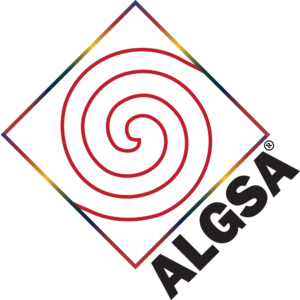New findings illuminate path to distinguishing biliary atresia in infants
Biliary atresia (BA) is the most prevalent cause of neonatal cholestasis (NC) in neonates, with distinct histological markers aiding in its identification, according to a study which highlighted the importance of thorough histological analysis of liver biopsies, supported by available scoring systems and complementary clinical data, in accurately diagnosing infantile cholestatic disorders.
The study included 87 cases of NC, finding BA as the predominant diagnosis, comprising 32% of cases, with idiopathic neonatal hepatitis (INH) trailing at 14%. Distinct histological markers emerged, with BA cases exhibiting heightened portal neutrophilic inflammation, ductal cholestasis, neoductular bile plugs, and bile ductular proliferation. Conversely, lobular lymphocytic inflammation and giant cell transformation of hepatocytes were more prevalent in the non-BA cohort.
Researchers identified a histologic score of ≥7 as a reliable indicator of BA, with 85.7% sensitivity, 92.6% specificity, and 90.6% accuracy.
Reference
Halder A, Patra S, Mandal B, et al. Differentiating biliary atresia from other causes of infantile cholestasis: An appraisal of the histomorphological changes on liver biopsy. Indian J Pathol Microbiol. 2023;66(4):790-798. doi: 10.4103/ijpm.ijpm_215_22. PMID: 38084534.
Rare Disease 360® is the Official Media Partner and Official Publication of The Alagille Syndrome Alliance (Alagille.org).


